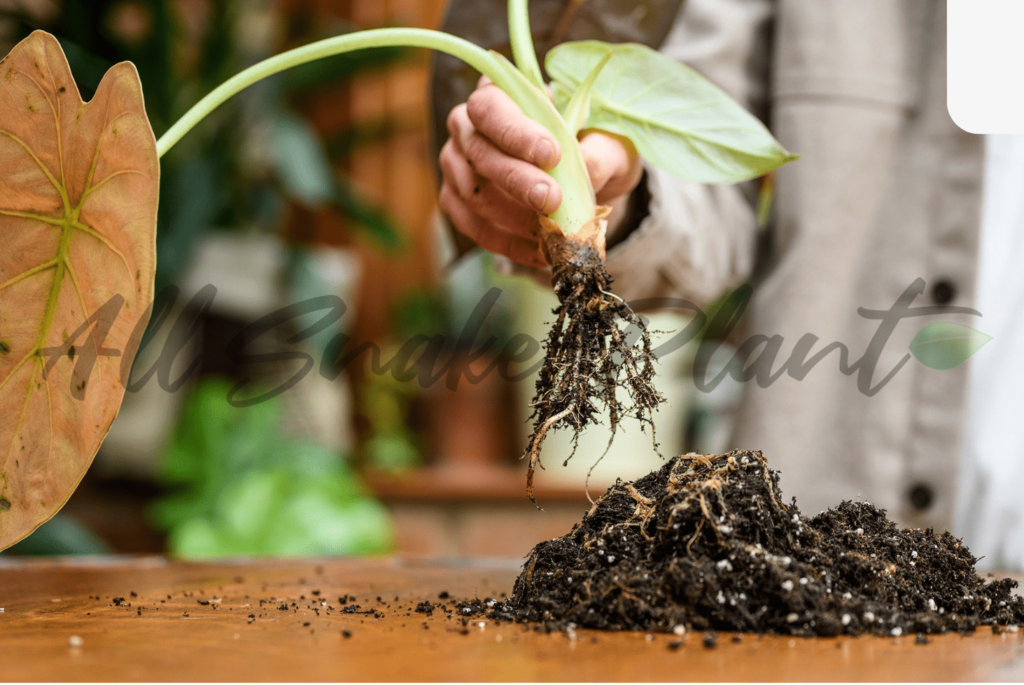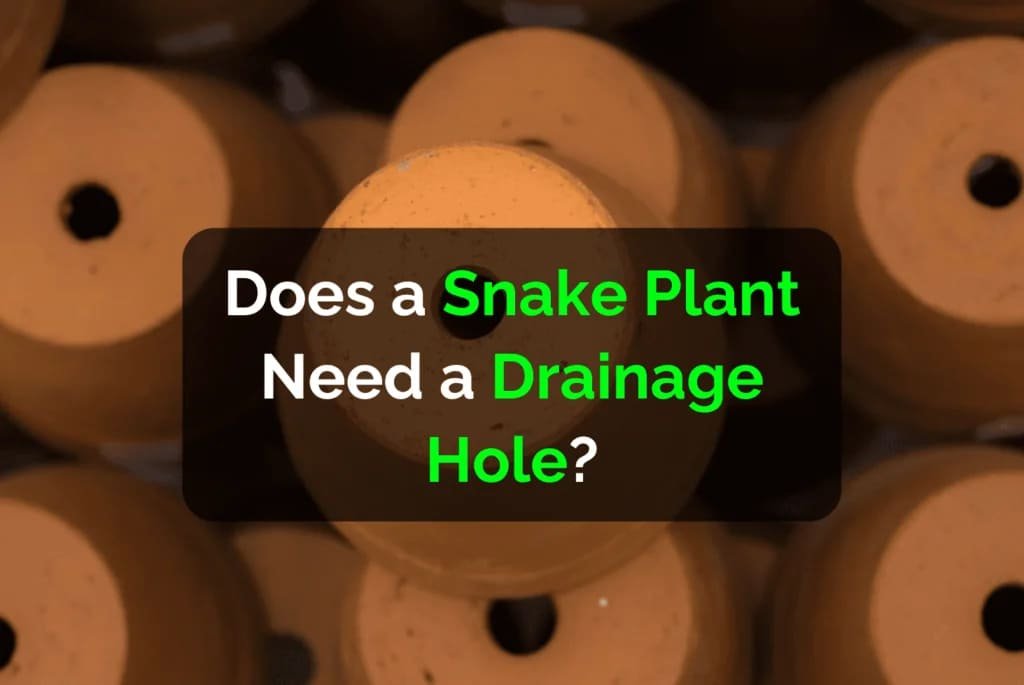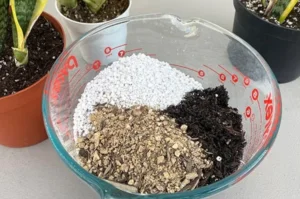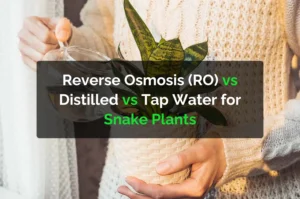Snake plants are practically synonymous with low-maintenance houseplants. Their striking foliage and ability to thrive in various conditions make them a favorite among plant enthusiasts and beginners alike. But when it comes to their care, one question often arises: Do snake plants really need a drainage hole in their pot? Let’s find out
Do Snake Plants Need Drainage Holes?
Yes, snake plants need good drainage. It’s the simplest way to prevent them from getting overwatered, which is their biggest enemy. A drainage hole is not required, but it significantly reduces the chance of overwatering and root rot, which are two of the most common problems that snake plant owners face.

The Importance of Drainage Holes for Snake Plants
Imagine wearing shoes without holes for ventilation. Your feet would become soggy, leading to discomfort and potential health issues. Similarly, snake plants require aeration for their roots to thrive. Without drainage holes, excess water accumulates at the bottom of the pot, suffocating the roots and causing root rot.
How to Care for Snake Plants with Drainage Holes (Soil, Watering, etc.)
To optimize a snake plant’s health with drainage holes, consider the following:
- Soil: Use a well-draining potting mix specifically formulated for succulents or cacti. This will ensure that water doesn’t sit around the roots for too long.
- Pot: Choose a pot with one or more drainage holes at the bottom. Materials like terracotta or breathable clay provide additional benefits by absorbing some of the moisture.
- Watering: Water your snake plant thoroughly, allowing excess water to drain out through the holes. Then, wait for the soil to dry out partially before watering again. Stick your finger into the soil; if it feels dry an inch deep, it’s time to water.
- Environment: Place your snake plant in indirect sunlight. These resilient succulents can tolerate low light but thrive in bright, indirect light conditions.
The Risks of Overwatering and Root Rot

Overwatering is the most common way to kill a snake plant. Without proper drainage, too much water stays at the bottom of the pot, leading to soggy soil and root rot. Signs of root rot include mushy leaves, yellowing foliage, and a foul odor from the soil. If you suspect root rot, remove the plant from its pot, trim away any damaged roots, and repot it in fresh, dry soil.
Alternative Ways to Care for Snake Plants Without Drainage Holes
If you have a pot without a drainage hole, you can still successfully grow a snake plant by following these tips:
- Create a Drainage Layer: Begin with a layer of gravel or small stones at the bottom of the pot to enhance water filtration.
- Water Cautiously: Be extra careful not to overwater. Check the soil moisture level before watering, and only water when the soil is completely dry.
- Monitor for Root Rot: Keep a close eye on your plant for any signs of overwatering or root rot.
Pros & Cons of Drainage Holes
| Pros | Cons |
|---|---|
| Prevents overwatering and root rot | Requires a saucer to catch excess water |
| Promotes healthy root growth and vibrant foliage | May need more frequent watering if placed in a sunny location |
| Makes it easier to gauge when your plant needs water | Requires more attention to watering frequency to avoid underwatering. |
| Gives you more flexibility with watering |
Frequently Asked Questions (FAQs):
Can I drill a drainage hole in my pot?
Yes, if your pot is made of a material like plastic or ceramic.
Can I use a cachepot (a decorative pot without drainage) for my snake plant?
Yes, but be sure to plant your snake plant in a plastic nursery pot with drainage holes and then place that pot inside the cachepot.
SEO Managed by Muhammad Uzair






